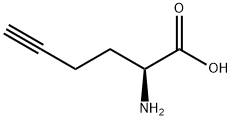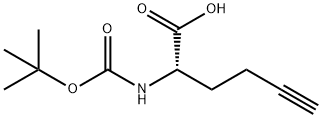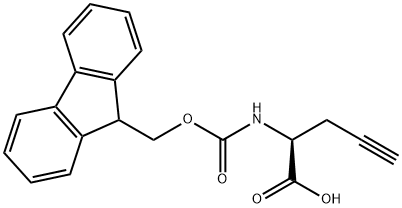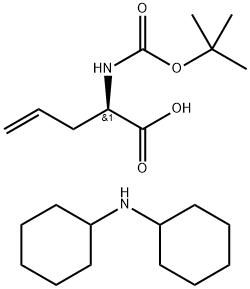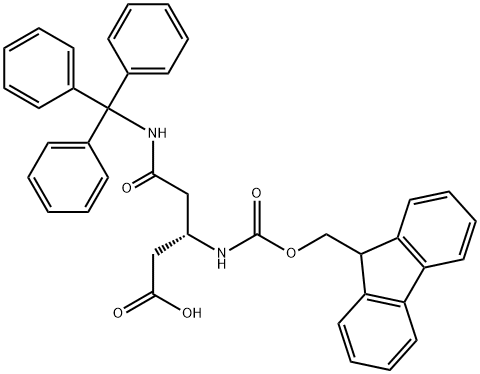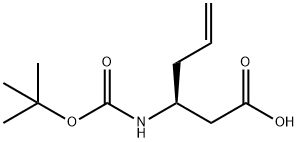CollagenasefromClostridiumhistolyticum , TypeIV,Vetec?,reagentgrade,powder,≥160?CDU/mgsolid , 9001-12-1
| Pack Size | Price | Stock | Quantity |
| 100mg | RMB372.45 | In Stock |
|
| 1g | RMB1938.18 | In Stock |
|
| others | Enquire |
PRODUCT Properties
| Melting point: | 162°C |
| Boiling point: | 260.5±35.0 °C(Predicted) |
| Density | 1.155±0.06 g/cm3(Predicted) |
| storage temp. | -20°C |
| solubility | Aqueous Acid (Sparingly), Methanol (Slightly), Water (Slightly) |
| form | powder or crystals |
| pka | 2.21±0.10(Predicted) |
| color | White to Off-White |
| Appearance | off-white solid |
| Stability: | Hygroscopic |
| CAS DataBase Reference | 98891-36-2 |
Description and Uses
L-Homopropargylglycine (HPG) is a noncanonical amino acid analog of methionine that contains a terminal alkyne moiety. HPG-labeling is a fast, sensitive, non-toxic, and non-radioactive alternative to the traditional technique for detecting nascent protein synthesis.
HPG is the cell-permeable compound randomly incorporated into synthesizing protein instead of methionine during translation. The resulting alkyne-labeled full-length proteins can be detected via copper-catalyzed click reaction with fluorescent or biotin-labeled azides and used for subsequent microscopic imaging or purification tasks.
L-Homopropargyl glycine is a reactive methionine analog that contains an alkyne moiety. It is readily inserted into newly-synthesized proteins in place of methionine. L-Homopropargyl glycine can then be labeled or captured through click chemistry. This approach represents a fast, sensitive, and non-radioactive alternative to [35S]-methionine for the detection of nascent protein synthesis.
Safety
| Symbol(GHS) |  GHS02 |
| Signal word | Danger |
| Hazard statements | H242 |
| Precautionary statements | P210-P234-P235-P240-P370+P378-P403 |
| HS Code | 2924297099 |

